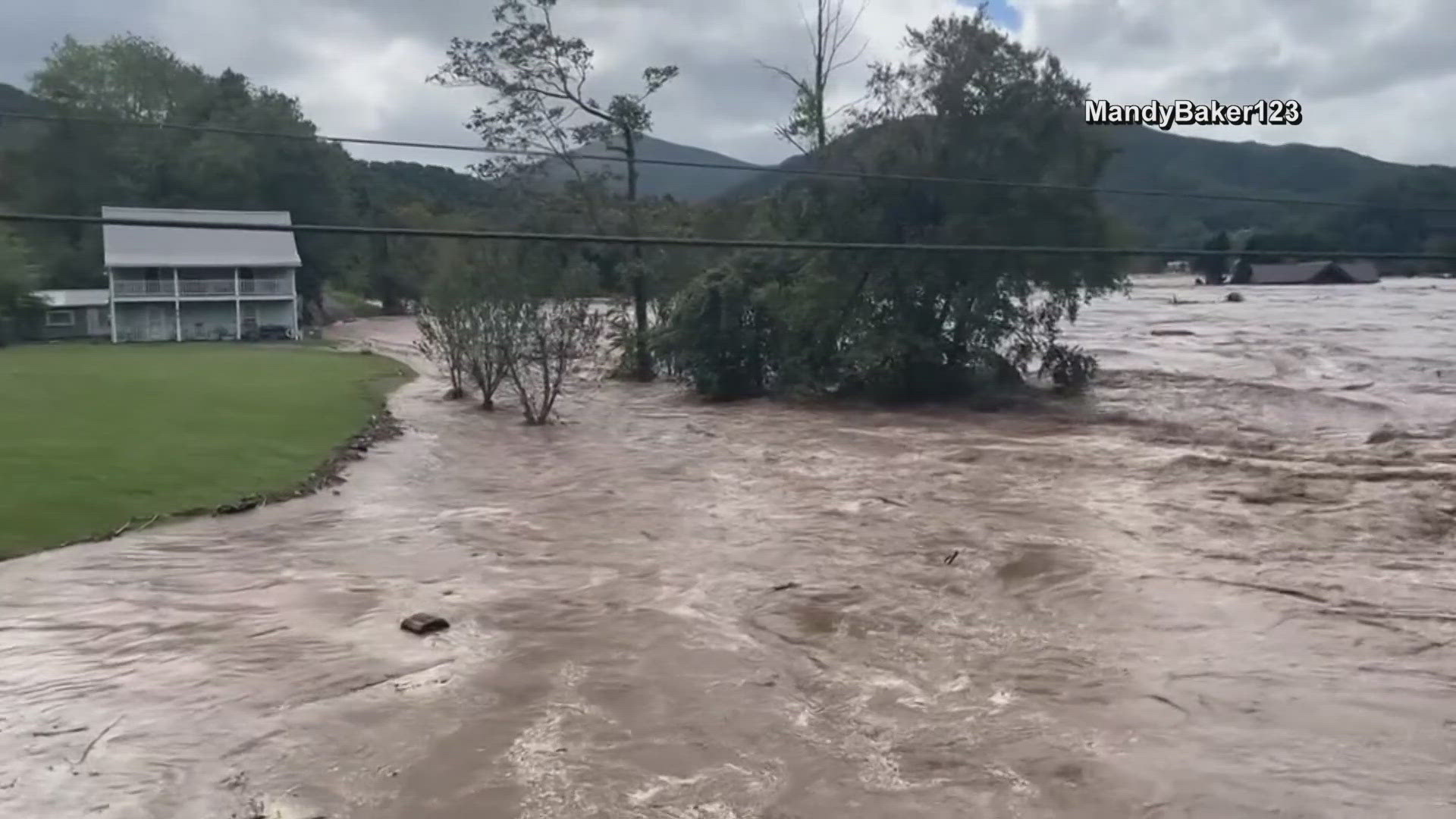KNOXVILLE, Tenn. — CarFax has estimated that storms have caused water-damage to 89,000 cars between June and August. The data from Hurricanes Helene and Milton isn't available yet, but solving water-damage to cars will be part of individual recovery efforts.
It isn't just a problem during hurricane-level storms. Michael Moore, the owner of Moore 4 Less Automotive in Knoxville, said exposure to water levels above a car's tire level can lead to long-term damage.
"Most of your electrical systems have electrical seals, and the wires covered by a coating, you know, to keep water from getting in, but water sitting there in moisture, in certain spaces, will slowly cause the coating to get hard and crack," Moore said.
He said he'd recommend people with a water-logged car scrap it. Jeeps and other vehicles designed for rugged conditions can handle it better. The average commuter car isn't. Mechanical and cosmetic repairs are possible, but moisture in tight spaces breeds mildew and electronics can fail even after passing an inspection.
Megan Cooper, a spokesperson for AAA, said that doesn't stop people from selling water-damaged cars in markets across the country. It can be hard to spot damage, especially for folks who aren't car people, but one sign of past damage should be noticeable in a car's title.
"Sometimes they end up back on the market with a salvage title. Sometimes maybe with a rebuilt title, and this just means that this car has had significant damage in the past," she said.
She said folks should ask questions whenever possible. Build a record of the car's history from the owner and through online resources like CarFax. People can lie and records can be incomplete, but investigating is better than purchasing blind.
Moore said titles can be labeled as "flooded" or "salvaged." Salvaged could be used to cover up a history of water damage. Interviewing a seller in-person is the best way to clarify a car's history.
Both Cooper and Moore said when in doubt, talk to a professional mechanic.

